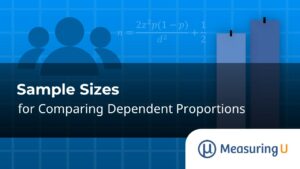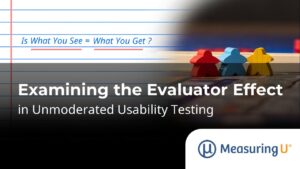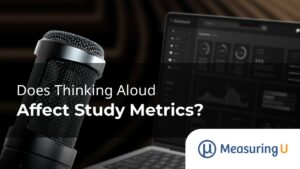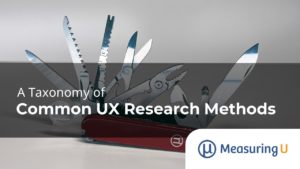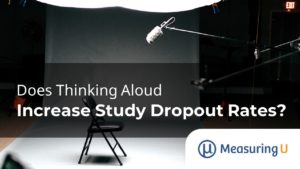
Assessing the Reliability of UI Trap Cards
Would having a system for classifying usability problems be helpful to UX researchers and designers? Would it reduce the evaluator effect? Categorization frameworks have been around for decades, but in our experience, they haven’t seen a lot of adoption by commercial development teams. There are probably a few reasons for this: they might not be

